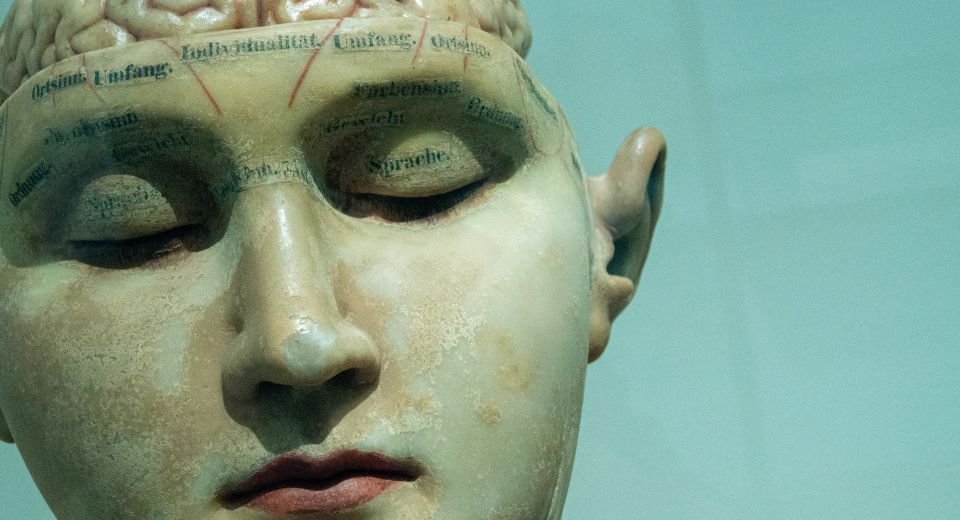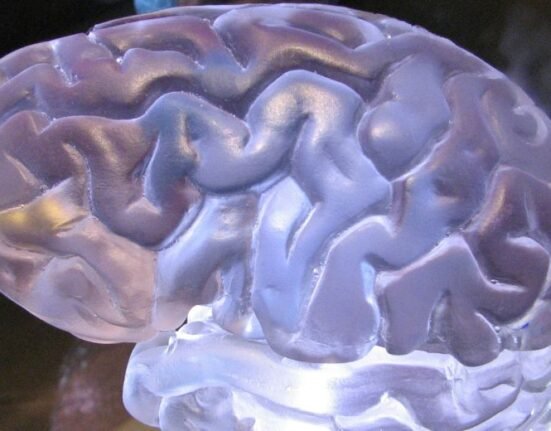HQ Team
November 1, 2023: The US’s medical research agency has discovered more than 3,000 new types of brain cells in different clusters of the organ that may help in the treatment of cancer and neurodegenerative diseases.
Researchers at the National Institutes of Health (NIH), a part of the US Department of Health and Human Services, have created the “most detailed cell atlas” yet of the adult human brain, according to an NIH statement.
The atlas revealed information about each cell’s gene activity and epigenome—the changes to a cell’s DNA and chromosomes that alter genetic activity.
The findings also showed that, besides variation among brain regions, there is variation between individuals. More people will need to be studied to fully understand the patterns of healthy and diseased brains.
The human brain is made up of about 86 billion nerve cells, along with many other types of cells. They interact and link together in unique ways, creating distinct brain regions with specific functions.
New understanding
“Uncovering the complex makeup and interactions of these many cells could lead to a new understanding of how the brain functions in health and disease, and new tools to study the complex activities and functions of these cells,” according to the researchers.
The latest findings were reported in a series of more than 20 papers published in Science, Science Advances, and Science Translational Medicine.
Another paper compared the cellular and molecular properties of the brains of humans and several nonhuman primates — the chimpanzee, gorilla, macaque, and marmoset.
The scientists found that a few hundred genes had activity patterns in nerve cells that were unique to humans. These changes might help to explain humans’ remarkable ability to adapt, learn, and change.
One more study explored the role that inflammation might play during early brain development. Severe inflammation in childhood has been linked to developmental disorders like autism and schizophrenia.
Asthma, infections
Researchers analysed gene activity in the brains of children who died when they were one to five years old. They compared the brains of children who died of inflammatory conditions, such as asthma or infections, to those who died from accidents.
The scientists focused on the brain’s cerebellum, which controls muscle movement and cognitive functions like language and social skills. They found evidence that inflammation can block the development of specific types of nerve cells in the cerebellum.
The findings could lead to a better understanding and treatment of developmental disorders that are linked to inflammation.
“This suite of studies represents a landmark achievement in illuminating the complexity of the human brain at the cellular level,” said Dr John Ngai, director of the NIH BRAIN Initiative.
Dr Joshua A. Gordon, director of NIH’s National Institute of Mental Health said: “These new detailed cell atlases of the human brain and the nonhuman primate brain offer a foundation for designing new therapies that can target the specific brain cells and circuits involved in brain disorders.”
BRAIN Initiative Cell Census Network
NIH’s Brain Research Through Advancing Innovative Neurotechnologies (BRAIN) Initiative has launched an international network of collaborating researchers called the BRAIN Initiative Cell Census Network.
It aims to create a comprehensive inventory of all the cells in the human, nonhuman primate, and mouse brains, including cell locations, interconnections, and activities.
The study of brain cells across species can pinpoint uniquely human features and give insights into which animals to study for different scientific questions.
The brain controls thought, memory, emotion, touch, motor skills, vision, breathing, temperature, hunger and every process that regulates our body. Together, the brain and spinal cord that extends from it make up the central nervous system or CNS.








